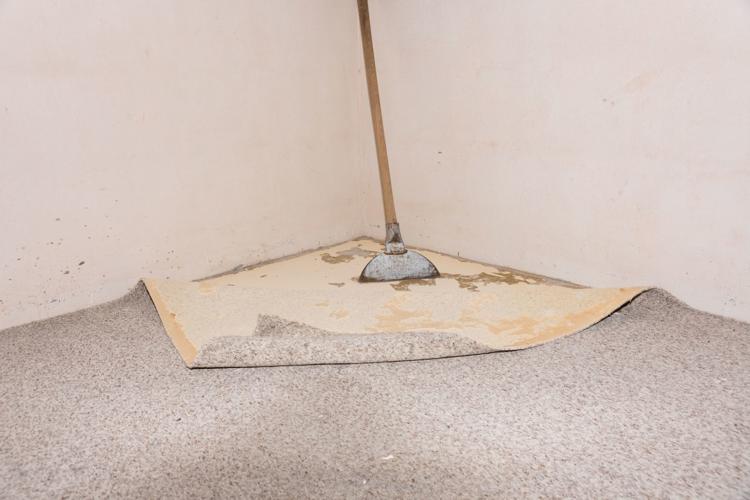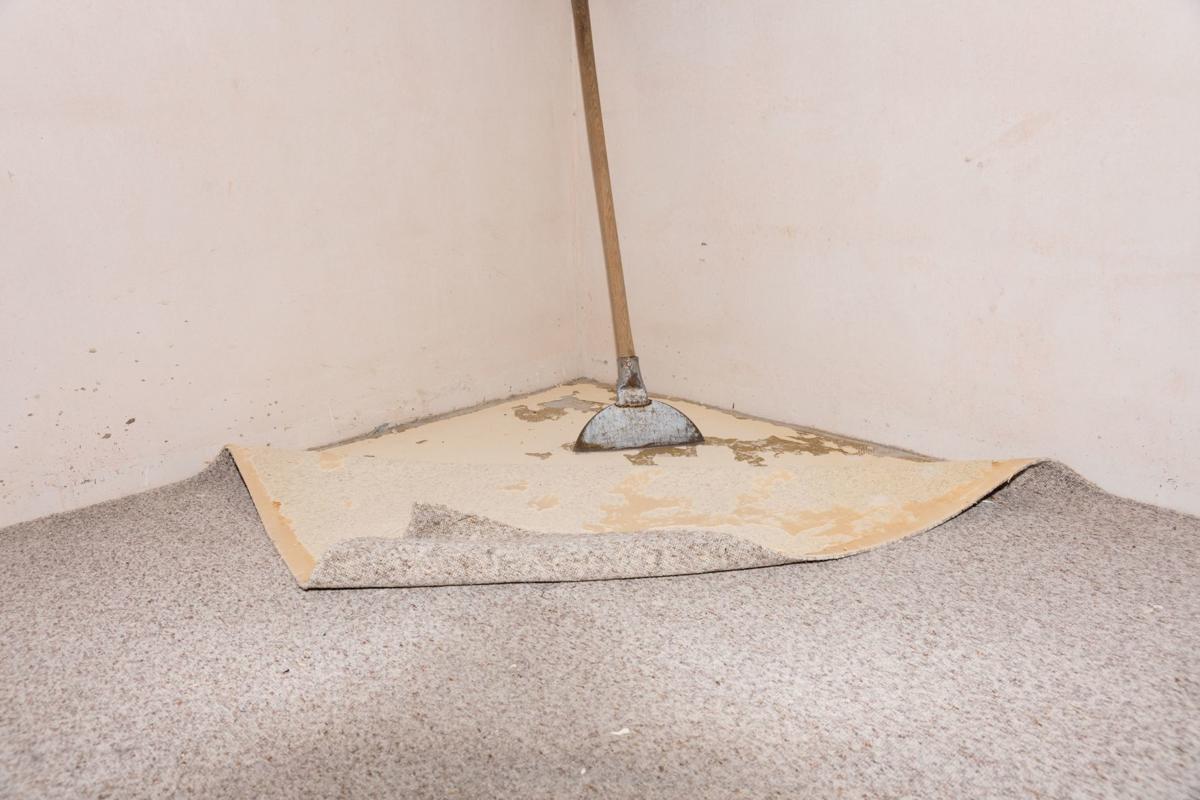QUESTION: We need to repaint the inside of our 25-year-old house and redo the flooring. Is there a recommended order for doing one first over the other? Are there any advantages of painting first or should new flooring be put in before painting?
ANSWER: Typically, we would have the old flooring removed first, whether it is tile, carpet, or whatever. That process will likely cause some scuffing, dents and dust, so it should be done first. Then, the walls should be prepared and all damage repaired, and dust removed.
After that, the room should be repainted with two coats of good quality paint. Next, the flooring is installed — again some wall areas may get scuffed up or get handprints on them, but because of the two coats of fresh paint, the touch-up will be easy.
You’ll also need to pay special attention to the baseboards after the flooring has been finished as they may have been in harm’s way during the flooring installation. They may need to be touched up.
Q: We have a dust issue in our home, and we need some help. Every day, the floors and just about everything else are covered with a fine layer of dust. However, we seldom, if ever, open our windows. Our air-conditioning system is set for outside air exchange about 10 minutes every hour. But even if I turn off the outside air exchange, it doesn’t seem to make a difference. We also change our pleated air filters regularly and another horsehair filter as well. We also have our AC system tuned up every year. We just don’t understand why we can get that much dust in our home. What do you think?
A: We recommend having a whole house energy audit done including a thorough analysis to determine whether there is air leakage in your home. They’ll do a duct pressure test to check the integrity of the supply and return systems. Many times, there are leaks in the return air duct that draw dust from your attic into the system. The audit may uncover duct work issues and suggest repairs.
Q: In 2001, Pulte built my one-story, 3,000-square-foot stucco home — a split ranch with a tile roof in Oro Valley. Insulation in the attic was hung with netting directly under the roof. There was no insulation between the 2x4s, directly under the roof. We have two furnaces in the attic, one at each end of the house. I realize that after a house is built there is always expansion and contraction of the timbers in any home. But after 18 years of settling, we still hear some very loud and some very mild cracks and snapping noises coming from the attic or ceiling areas (mostly at night). Can this still be a normal happening after all these years?
A: Those noises don’t sound like anything to be concerned about. As the lumber in your roof structure is exposed to temperature and humidity variations, the wood naturally expands and contracts. Sometimes at my own older home, it sounds like a fireworks show is taking place in the attic.







